Drawings and schemes: How to find a constellations
How to find Constellations in the Night Sky?
Pictures, Drawings and Schemes
"The ancient Egyptians believed that the drawings of the constellations are messages from the gods, you only need to learn how to understand them correctly."
Google translator 2019, December, original text: How to find Constellation (in Russian)
Contents:
- Identification of the stars of the Big Dipper of the constellation Ursa Major
- How to Find the North Star and Ursa Minor
- Cassiopeia constellation star search schemes
- Schematic drawing of the search for the stars of the constellation Cygnus
- Search for the constellation Aries, starting from Cassiopeia
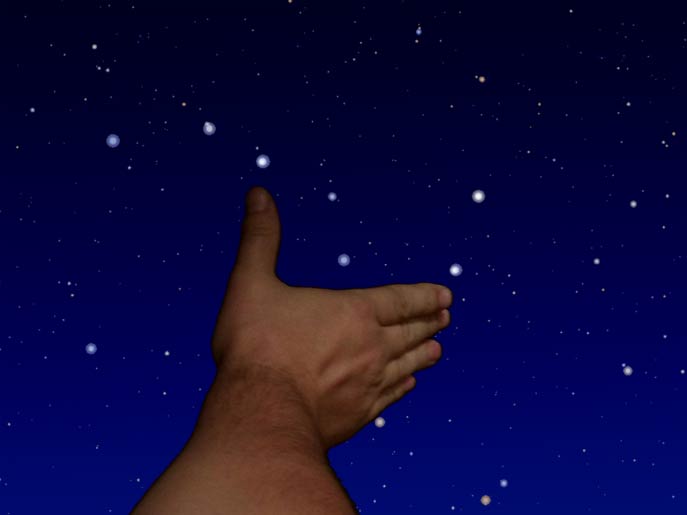
In order to learn how to search for constellations in the night sky, for starters, it is enough to know the ancient asterism of the Big Dipper - its seven stars, the brightest in the constellation Ursa Major, are guides for finding stars in other constellations.
As a rule, the search for constellations in a clear night sky comes down to the search and identification of its brightest stars..
The list of schematic drawings and constellation star search algorithms is presented in such a sequence that each subsequent step in the study of the starry sky uses data from previous materials, figures, and schemes.
We begin our acquaintance with the stars from the constellation Ursa Major.
How to find Ursa Major Constellation
Ursa Major Family
[1]
Аbridged version
The constellation Ursa Major is usually found by its main asterism Big Dipper (Plough).
It would be better if someone showed you the Big Dipper, it’s enough to see this configuration of stars in the sky at least once, and it will always be before your eyes!
But what if there is no one to show the Big Dipper?
In the spring at the latitude of Moscow, in the late evening (22 to 24 hours local time), the constellation Ursa Major passes through the zenith, that is, at this time you will find the Big Bucket directly above your head. You just have to correctly determine the angular dimensions of the bucket and mentally build its pattern according to the stars (Fig. 5.UMa).
The angular distance from the Benetnash star at the tip of the bucket handle to the Dubhe star at the far edge of the ladle is about 26°, and the angular distance between the thumb and index finger of an adult’s outstretched arm is 16 - 18°, thus the Big Dipper against the background of an arm extended upward will look approximately, as shown in Fig. 5.UMa.

Fig. 5.UMa Evaluation of the angular size of the Big Dipper with outstretched arm
What to do if you wait too long for the desired spring?
-In this case, you need to prepare a compass and use our virtual map of the starry sky, with which you can determine the approximate position of the sky section corresponding to the constellation.
Detailed description of the search options for Ursa Major stars: How to find the constellation Ursa Major
Original article: The Ursa Major constellation is the first constellation of the North, the Big Dipper is the main asterism of the starry sky (in Russian)
To find the constellation Ursa Minor you must be able to find the constellation Ursa Major
How to find Ursa Minor Constellation
Ursa Major Family
[1]
Аbridged version
The search for the constellation Ursa Minor usually starts with the search for the Polar Star, the configuration of the constellation is so simple that if you find the Polar Star, then you have found the Ursa Minor.
Most often, the North Star is found using the asterism of the Big Dipper in the constellation Ursa Major.
To find the Polar Star, you need to mentally draw a line between the stars on the edge of the Big Dipper from Merak to Dubhe and continue to the first bright star - this will be the Polar Star indicating the direction to the North!
You can test yourself by mentally building a Little Dipper / Little Ladle / from it, as if pouring water into the Big Dipper / Big Ladle / (Fig. 6.UMi).
The Polaris (North Star, Pole Star) is the most important navigational star, and Merak and Dubhe , which help to find it, are also called Pointers.
Fig. 6.UMi How to find the North Star? - Very simple! You need to mentally draw a line through the stars of the Big Dipper Merak and Dubhe.
.
A detailed description of the search options for Ursa Minor stars: How to find Ursa Minor Constellation
Original article: Ursa Minor - Polar Constellation and Polar Star (in Russian)
To find the constellation Cassiopeia you need to be able to find the constellations Ursa Major and Ursa Minor
How to find Cassiopeia constellation
Perseus Family
[2]
Аbridged version
he all-seasons method for determining the location of Cassiopeia, is to "targeting" the beam, through the already known stars. The best “shot” will be obtained if you continue the line from Aliot (ε UMa) for Polar Star (α UMa) and you get the exact hit in Gamma Cassiopeia Navi (γ Cas), moreover, taking a closer look, you will find that the Big Dipper and the asterism of the Throne of Cassiopeia are located centrally symmetrical with respect to the North Star.
Fig. 7.Cas How to find the constellation Cassiopeia? - Very simple! You need to mentally draw a line through Aliot Ursa Major and Polar Star - it will lead to the brightest star of Cassiopeia Navi (yellow line) . There are other options: from any of the stars of the handle of the Big Bucket, also draw lines to the Polar, they will all lead to Cassiopeia ...
In such a position as in Figure 7.Cas the constellations Ursa Major and Ursa Minor, Cassiopeia and Throne can be seen in late spring evening.
A detailed description of the search options for the stars of Cassiopeia: How to find Cassiopeia constellation
Original article: Cassiopeia constellation, the third most important constellation of the North (in Russian)
To find the constellation Cygnus, you must be able to find the constellation Cassiopeia
How to find Cygnus constellation
Hercules family
[3]
Аbridged version
The best time interval for observing Cygnus is from June to October, when the constellation is near the zenith in the evening.
At the first acquaintance with the Cygnus constellation, it is best to begin its searches based on the well-known constellation Cassiopeia (Fig.12.Cyg):
Fig.12.Cyg How to find the constellation Cygnus using the stars of Cassiopeia
Rukba (δ Cas) -> Navi (γ Cas) -> α Cyg, Deneb ( red line);
Rukba -> Caf (β Cas) -> ε Cyg, Algebene (yellow line);
Ahird (η Cas) -> Caf (β Cas) -> δ Cyg, Favaris (green line).
Detailed description of the search options for Cygnus stars: How to find Cygnus constellation
Original article: Cygnus constellation (Cyg) is the northernmost constellation of the Hercules family (in Russian)
In order to find the constellation Lyra, it is advisable to study the constellations Cassiopeia and Ursa Minor.
How to find the constellation Lyra
Hercules family [3]
Аbridged version
The constellation Lyra at the latitudes of Central Russia and further north can be observed all year round. The best time to get acquainted with the constellation Lyra is from June to October, when the constellation is near zenith in the evening.
When you first meet the constellation Lyra, it is best to start your search for it based on the well-known constellation Cassiopeia (Fig. 20.Lyr):
Рис. 20.Lyr. How to find the constellation Lyra using the stars of the constellations Cassiopeia, Pegasus and Cygnus
(When copying a figure, please keep the numbering of the original article - fig.20.Lyr, "Constellation Lyra", reference to the original is required)
The triple aiming scheme begins with the stars Achird (η Cas, 3,46m, yellow) and Caph (β Cas, 2,28m, white-yellow), mentally continuing the line (green) beyond the constellation Cassiopeia, we come to, similar to Achird, Zeta Cepheus (ζ Cep, 3,39m, orange), following this line of sight further, we approach Fawaris from Cygnus (δ Cyg, 2,86m, blue-white) and without re-targeting it, extrapolate the line further and arrive at Delta Lyra , δ2 Lyr (green arrow in Figure 20.Lyr).
An extended summary of the options for finding the stars of Lyra: How to find the constellation Lyra
Original article: The constellation Lyra (Lyr) is the most multifaceted constellation Hercules's family
In order to find the constellation Aquila, it is advisable to study the constellations Cassiopeia and Ursa Major or the constellation Lyra.
How to find the constellation Aquila
Hercules family [3]
Аbridged version
The Aquila constellation can be observed at mid-latitudes of the Northern Hemisphere from February to December. The best time to get acquainted with the constellation Aquila is from July to November, when the constellation is available for observation in the evening.
Since the constellation Aquila is a setting constellation, it is important to have lines of sight from well-known non-setting constellations to determine its location.
The Aqula constellation was lucky in this regard - the main starting points for its search are the constellations Ursa Major and Cassiopeia (Fig. 17.Aql ):
Fig. 17.Aql. How to find the constellation Aquila from the constellations Ursa Major and Cassiopeia that do not set in the middle latitudes
(When copying the figure, please keep its numbering from the original article Fig. 17.Aql - " Constellation Aqula ", a link to the original is required.)
The farthest sight on the stars of the Aqula is the line of sight from the stars of the Big Dipper Phecda (γ UMa; 2,41m) - Alioth (ε UMa,1,76m), falling into the fifth brightest white-yellow star Al Mizan I (δ Aql , 3.36m ) (δ Aql, 3.36m). The line Fekda - Aliot -> Al-Mizan I is marked with a green arrow in the figure, as we see, there are no other bright stars on the sighting trajectory.
The line of sight from the "Throne" (W-asterism) of the constellation Cassiopeia Ruchbah (δ Cas; 2,66m, white) - Kaph (β Cas; 2,28m, white-yellow) is shown in the figure 17.Aql with a yellow arrow and leads to the second brightest star Aqula Tarazed (γ Aql, 2.72m, orange). When using this line of sight, it is important not to make a mistake, since at first it leads to the also orange Aljenah (ε Cyg; 2.46 m ) Cygnus and only on further following does it reach Tarazed in Aqula.
An extended summary of the options for finding the stars of Lyra: How to find the constellation Aquila
>Original article: Constellation Aquila (Aql) - the most ancient constellation of the Hercules group
In order to find the constellation Sagittarius, you need to be able to find the constellations Ursa Minor and Lyra or the asterism Summer Triangle
How to find the Sagittarius constellation
Zodiac constellation [4]
Аbridged version
The constellation Sagittarius in mid-latitudes does not rise high above the horizon, while only the northern part of the constellation is visible, the "Arrow" of Sagittarius can only be seen in the southern part of the sky ( declination from -45.5° to -12.03°) .
The best time to study and search for the constellation Sagittarius is from July to September, when the constellation is available for observation in the evening (right ascension from 17h 36m to 20h 20m).
1. The most universal way to determine the location of the Sagittarius constellation is to approach the constellation from the Polar Star through Alpha Lyra - Vega (Fig. 6.Sgr):
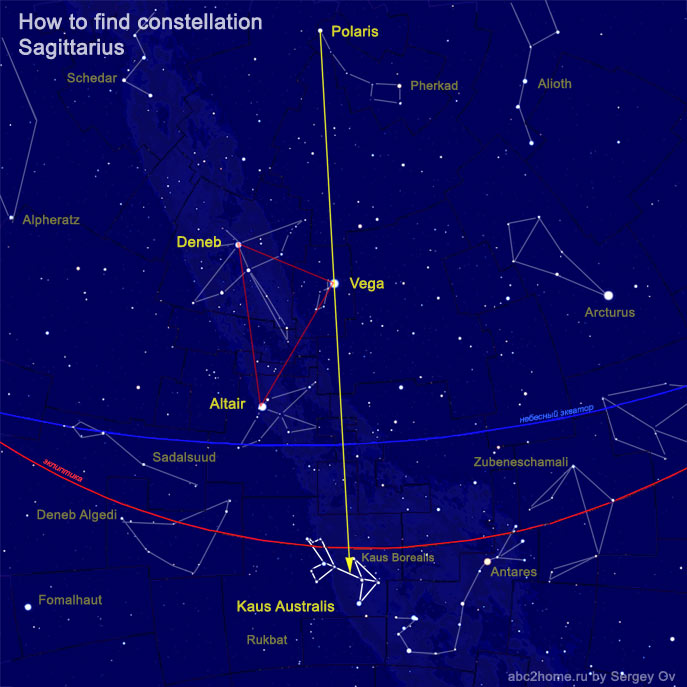
Рис. 6.Sgr. How to find the constellation Sagittarius, based on the North Star
(When copying a figure, please keep its numbering from the original article fig. 6.Sgr - "Constellation Sagittarius", a link to the original is required.)
If you draw a line from the North Star to Lyra and continue it the same length further, then it will lead to the asterism Sagittarius Arrow. If the continuation of the line goes beyond the horizon in the southeast, then the Arrow will soon rise. If the line leads beyond the horizon in the western part of the sky, then in order to see the constellation Sagittarius, you need to start observing early the next day ...
A detailed description of the search options for Sagittarius stars: How to find the constellation Sagittarius
Original article: Constellation Sagittarius, Sagittarius (Sgr), the fifth constellation of the zodiac group (Russian)
To find the constellation Bootes enough to be able to find the Big Bucket of the constellation Ursa Major
How to find Boötes Constellation
Ursa Major Family
[1]
Аbridged version
The Boötes constellation at the latitude of Moscow can be seen completely every night, the main thing is that the meteorological conditions allow it to be seen.
Historically, it is not customary to search for the constellation Boötes in modern starry sky guides. Actually, you don’t need to look for him either - the handle of the Big Dipper points directly to Boötes. But now the brightest star of Akturus is taught to search for everything, and in one manner, they offer a scheme similar to that shown in Figure 2, and at the same time they repeat the strange words:
"And we are leading an arc here ... and then an arc there ...
And then you will find Spica and Arcturus! "
(almost a Song about the Hares)
and no one indicates where the center of the circle is for this arc.
Fig. 2. How to find How to find Arcturus using the stars of Ursa Major?
I don’t manage to draw arcs in the starry sky, so I first mentally draw a ray through Mizar and Alkaid (light blue arrow in Fig. 2).
If the visibility of the starry sky is good, then this ray definitely falls into the second brightest star of Boötes - Izar. At equal distances from Izar will be: to the left of the beam - the brightest Arcturus; to the right is the dull Princeps.
In that case, if it was not possible to make out along the Isar beam (haze or urban sky flare), you need to draw a line to Arcturus a little to the left of the beam, gradually taking it to the left (the red arrows in Fig. 2 are the four lengths of the Big Dipper handle) , this is best work out the technique when all the stars of the constellation are visible, with it you will find Arcturus always unmistakably!
A detailed description of the search options for Boötes stars: How to find Boötes Constellation
Original article: Созвездие Волопас (in Russian)
To successfully search for the constellation Orion, you must be able to find the constellation Ursa Major or the constellation Cassiopeia
How to find Orion Constellation
Orion Family
[5]
Аbridged version
The constellation Orion at the latitude of Moscow can be observed in the early morning hours already at the very beginning of autumn.
The appearance of Orion from the horizon can be predicted using the lines of sight from the Big Dipper and Cassiopeia (Fig. 8.Ori ). In my opinion, sighting from the Big Dipper gives a more reliable result compared to sighting from the constellation Cassiopeia.
In general, the constellation Orion is so well recognizable that it is enough to find it among the stars at least once, after which you will unmistakably recognize it by a strip of three blue-white stars in Orion's Belt.
In order to find the constellation Orion, you can also use Figure 8.Ori :
Figure: 8.Ori. How to find the constellation Orion using the stars Ursa Major and Cassiopeia?
We need to mentally draw a line through Alkaid and Merak, the stars of the Big Dipper, - thus, we will find the star of the left shoulder of Orion Bellatrix . The Caph-Achird line will first pass next to Aldebaran, then the belt of Orion and lead to Saiph , which is at the feet of the hunter.
(When copying the figure, please keep its numbering from the original article Fig.8.Ori - " Constellation Orion ", a link to the original is required.)
The constellation Orion can also be found using the Moon. Until 2020, the moon will monthly look into the constellation Orion to get a better look at his club. And in the next 8 years it will pass over it at the time of the transition from the constellation Taurus to the constellation Gemini.
An expanded presentation of options for finding Orion stars: How to find Orion Constellation
Original article: Созвездие Орион (in Russian)
To find the constellation Virgo, you must be able to find the constellations Ursa Minor and Ursa Major.
How to Find Virgo Constellation
Zodiac constellation [4]
Short version
To find the Virgo constellation, first of all, you need to find the brightest star of the constellation - Spica.
The easiest way to do this is to use the stars of neighboring constellations to determine the location of Alpha Virgo, but first you need to know them, and secondly they are not always visible completely.
1. The most universal way to determine the location of the Virgo constellation is to approach from the north using the constellations Ursa Minor and Ursa Major:
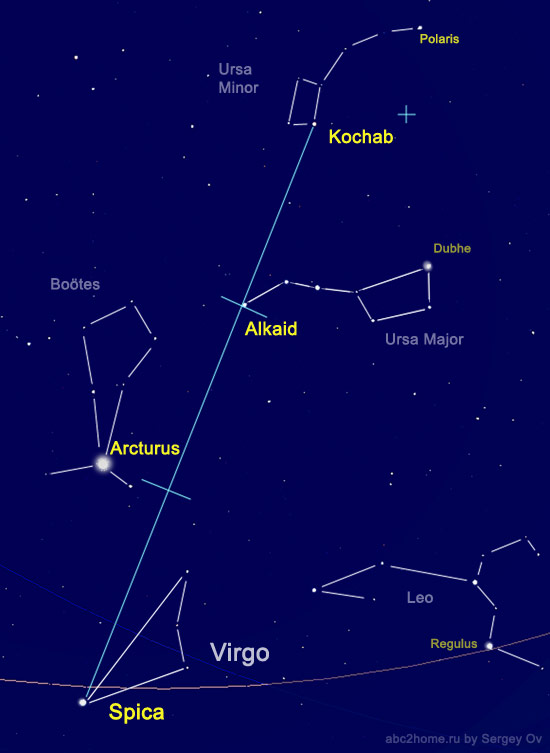
Fig. 2 How to find the constellation Virgo, starting from the northern part of the sky
2. If you are familiar with the Bootes constellation, then it is worth taking note that the asterism of Parachute is located so that in the alleged "landing" it will just go directly to Spica - this is the most unreasonable way to find the Virgo constellation.
A detailed description of the search options for Virgo stars: How to find the Virgo constellation
Original article: Дева, Virgo (Vir), the first constellation of the Zodiac
To find the constellation Aries, you must be able to find the constellation Cassiopeia
How to find Aries constellation
Zodiac constellation [4]
Short version
Aries constellation at the latitude of Moscow can be observed in whole or in part from June to March. The best time for a detailed examination of the constellation Aries is the period from September to February inclusive.
Unfortunately, none of the lines of sight through the bright stars of Cassiopeia leads directly to the brightest stars of Aries (Fig. 11), only one passing through Kaf (β Cas; 2.27 m ) and Shedar (α Cas; 2, 24 m ), passing through the star Alamak (γ1 And; 2.1 m ) of the constellation Andromeda leads to the third brightest Aries star - Bharani (41 Ari, 3.61 m ):
Fig. 2.Ari. How to find the constellation Aries using the stars of Cassiopeia and Andromeda
The most important line of sight for Figure 2 is the red line , based on the stars Caph (β Cas) and Schedar (α Cas) of the constellation Cassiopeia.
But a direct hit in the Aries stars along this line, alas, will not work. At first, in the neighboring constellation Andromeda, this line almost touches the not very bright, but noticeable Nembus (51 And; 3.51 m ), then it will definitely fall into Alamak (γ1 And). And only if we continue the yellow line about the same distance further, then we will come to a Nembus-like in brightness, but bluish star Bharani (41 Ari).
A detailed description of the search options for Aries stars: How to find the constellation Aries
Original article: Aries constellation, Aries (Ari) - the eleventh constellation of the zodiac group
To successfully search for the constellation Taurus, you must be able to find the constellations Ursa Major and Ursa Minor or the constellation Orion
How to find Taurus constellation
Zodiac constellation [4]
Short version
The constellation Taurus at the latitudes of Central Russia can be observed in whole or in part from July to April. The best time for a detailed inspection of the constellation Taurus is from October to February inclusive. The constellation Taurus is very easy to find thanks to the Pleiades (micro-bucket), Hyades (V-asterism) and the constellation Orion. True, at the first acquaintance with the constellation Taurus, it is best to start searching for it, proceeding from the well-known constellations Ursa Minor and Ursa Major. Since these constellations never set in our northern sky, they can also be used to find out, for example, how far Taurus has hidden behind the horizon (Fig. 14.Tau ):
Figure: 14.Tau. How to find the constellation Taurus using the constellations Ursa Minor and Ursa Major
(When copying the picture, please keep its numbering from the original article, for example, Fig . 14.Tau - " Constellation Taurus ", a link to the original is required.)
If we mentally continue the line Megrets (δ Uma) - Dubhe (α Uma) beyond the constellation Ursa Major, then it will first lead to the brightest Capella (Alpha Aurigae) at the edge of the Milky Way, and its continuation beyond the Milky Way will provide an accurate hit in the star cluster Pleiades (yellow arrows). Another accurate hit in the Pleiades cluster is obtained from the green ray emanating from the handle of the Ursa Minor: Urodelus (ε UMi) - Polar Star (α UMi).
The third well-aimed shot is obtained if you draw the Phecda line (γ UMa) - Merak (β UMa) and lead it further to the Milky Way, then the arrow will hit the star Elnat (red arrow).
.
A detailed description of the search options for Aries stars: How to find the constellationTaurus
Original article: Созвездие Телец (in Russian)
Zodiac constellations can be found using the moon (The Moon Today), and as well as data on the time of the culmination: Sun, Zodiac Constellations and Zodiac Signs of 2021
1.The following constellations belongs to the Ursa Major family:
Draco, Ursa Minor, Corona Borealis, Boötes, Camelopardalis, Lynx, Leo Minor, Canes Venatici, Coma Berenices and of course Ursa Major.
Total: 10 constellations!
Fig. 16. Big Dipper family, Ursa Minor family
By the way, if you look closely, the external contours of the group of constellations Ursa Minor resemble Carlson in the image of Little Ghost with a motor.
2.The Perseus family includes the constellations:
Cetus, Pegasus, Andromeda, Auriga, Perseus, Cassiopeia, Cepheus, Lacerta, Triangulum.
Fig. 16.Cas The Perseus family of Constellations
The constellations Cetus, Pegasus, Andromeda, Perseus, Cassiopeia, Cepheus are united by a common mythical plot, and, so to speak, Auriga, Lacerta, and Triangulum "gotten into a family" got here due to the common borders of (or because there is nowhere else to attach them...).
3. The Hercules family will include the constellations:
Сygnus, Lyra, Hercules, Vulpecula, Sagitta, Aquila, Scutum, Serpens, Ophiuchus.
Fig. 16.Cyg. Hercules family of the constellations
4. The Zodiac includes constellations, after which the zodiac signs are named , with the exception of the constellation Libra, which, on the contrary, was created in accordance with the zodiac sign, mainly due to the stars of the constellation Scorpio. The following constellations are included in the Zodiac family: Leo, Virgo, Libra, Scorpius, Sagittarius, Capricornus, Aquarius, Pisces, Aries, Taurus, Gemini, and Cancer.
5. The Orion family includes the constellations:
Canis Minor, Monoceros, Lepus, Canis Major and, of course, Orion.
Total: 5 constellations.
Figure: 16.Ori. Orion family
By the way, if you pay full attention to the text of the "Myth-Legends of Orion", you should add Eridanus to the Orion constellation group - its origins, the blood of Orion.
Google translator, April 2020
Constellation finding guide
How to find a constellation? - step-by-step algorithm.
How to find the constellation Ursa Major
How to find the constellation Ursa Minor
How to find the constellation Cassiopeia
How to find the constellation Cygnus
How to find the constellation Boötes
How to find the constellation Orion
How to find the Virgo constellation
How to find the constellation Aries
How to find the constellation Taurus
How to find the constellation Lyra
How to find the constellation Aquila
How to find the constellation Sagittarius
This list of ways to search for constellations is gradually expanding ...
●Home
 Zodiac signs
Zodiac signs
 Constellations
✔ How to find Constellations
Constellations
✔ How to find Constellations


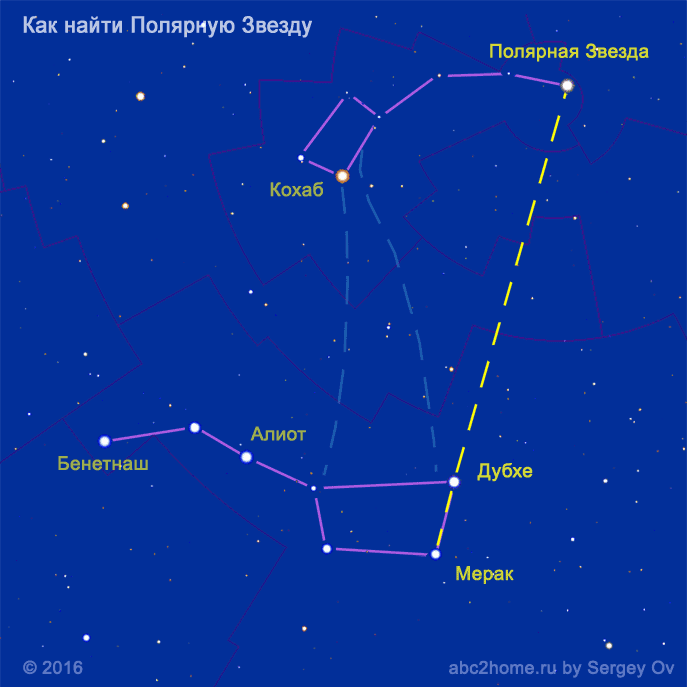
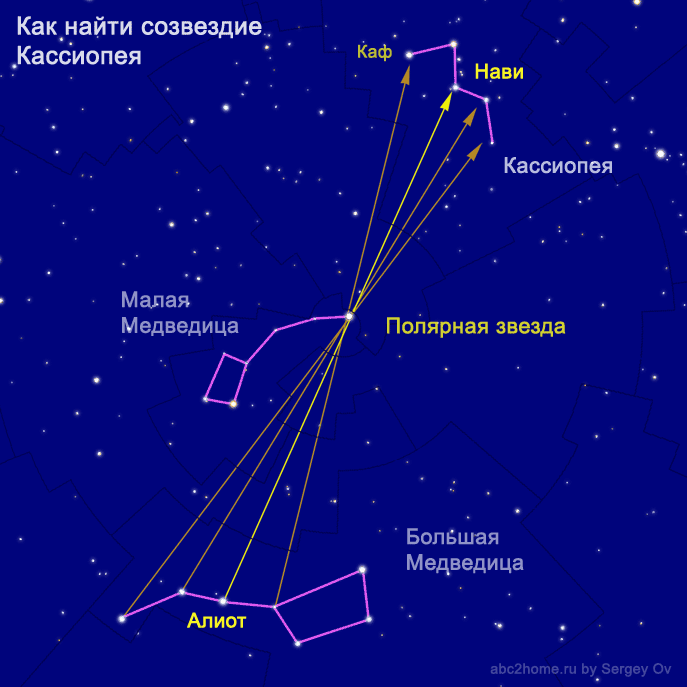
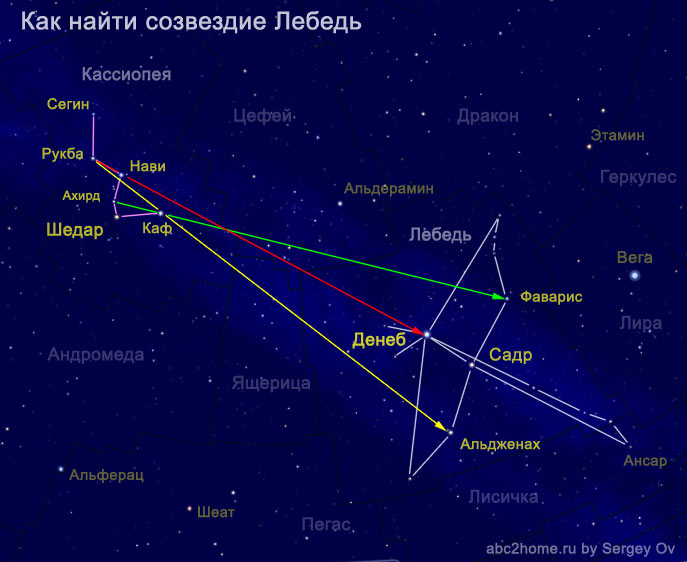
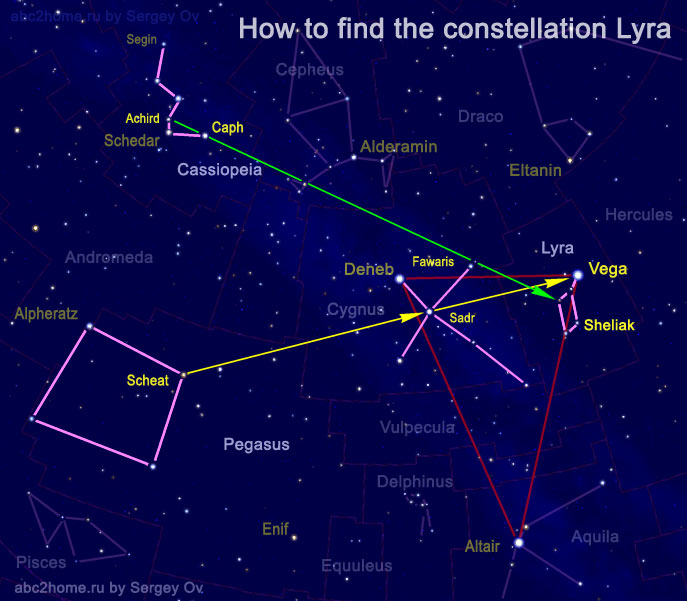
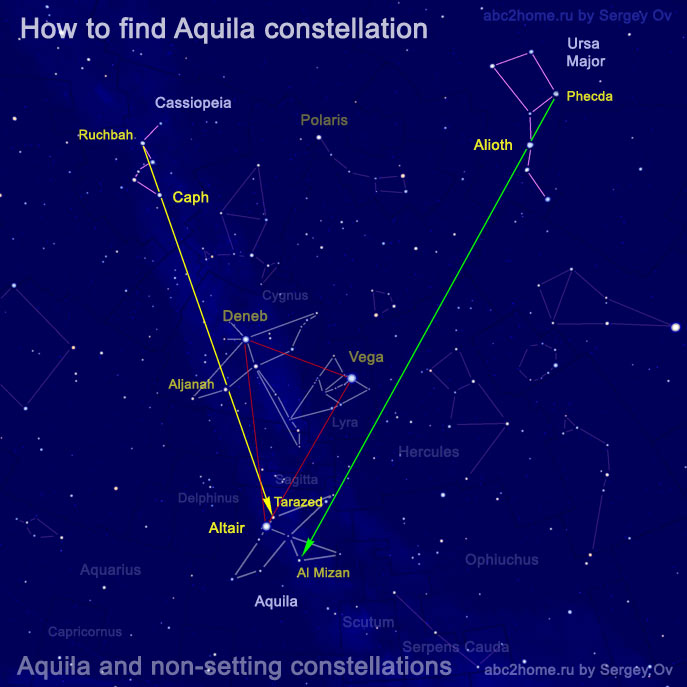
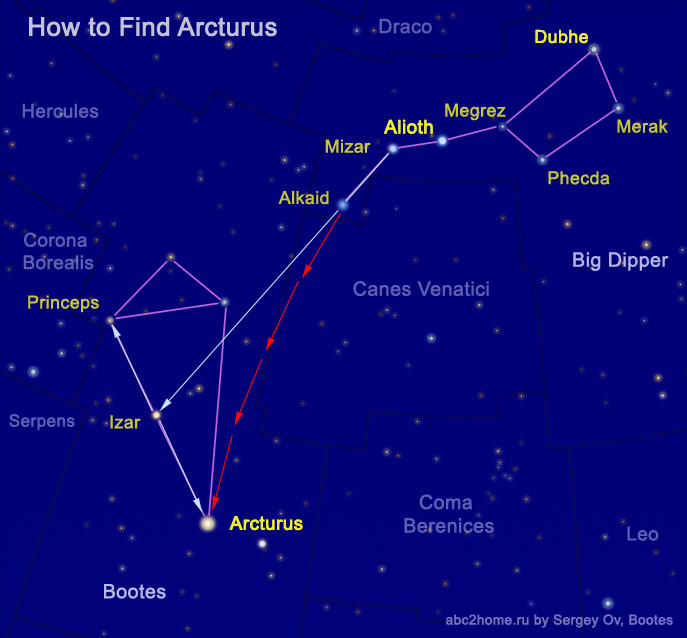
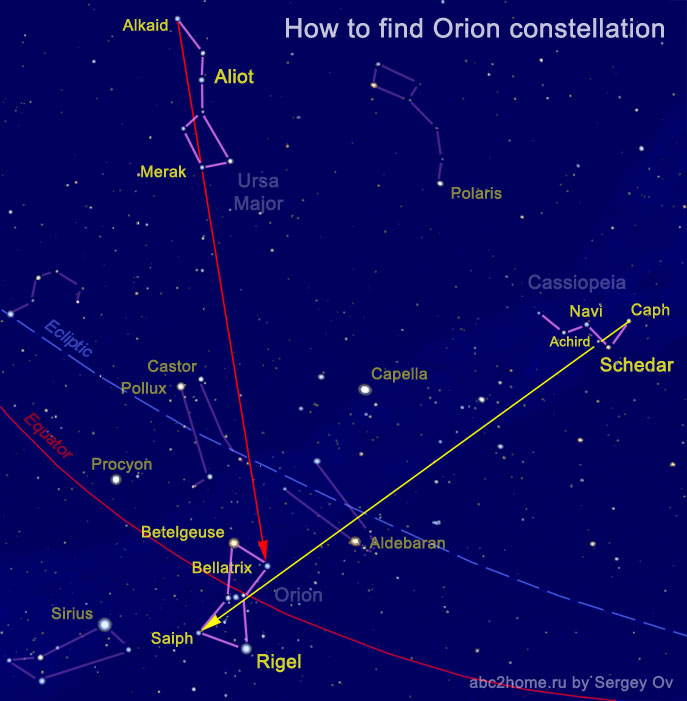
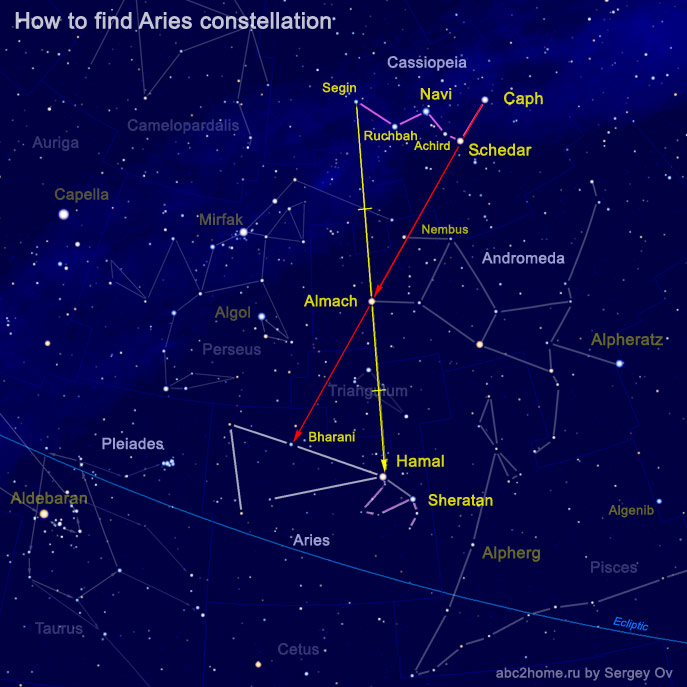
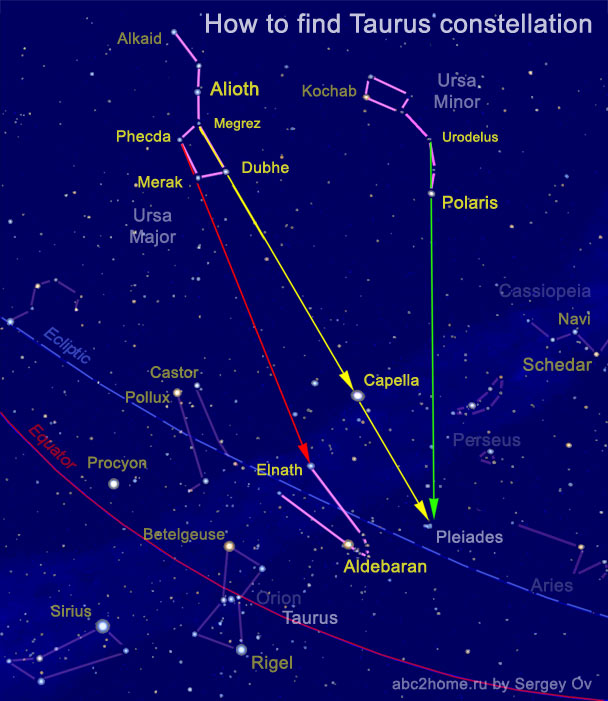
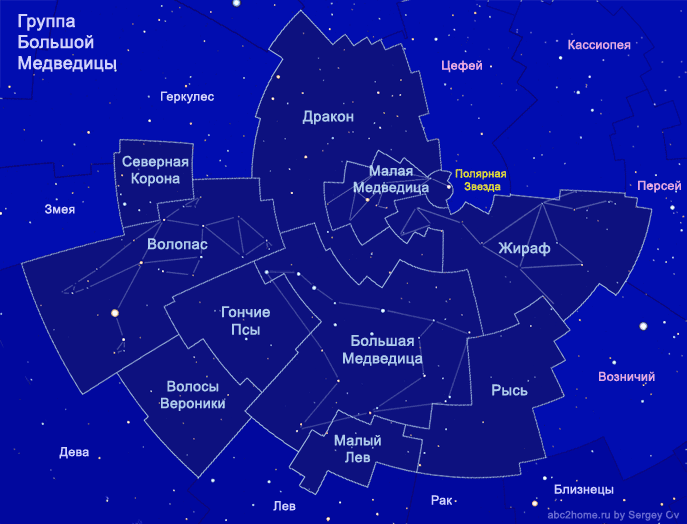
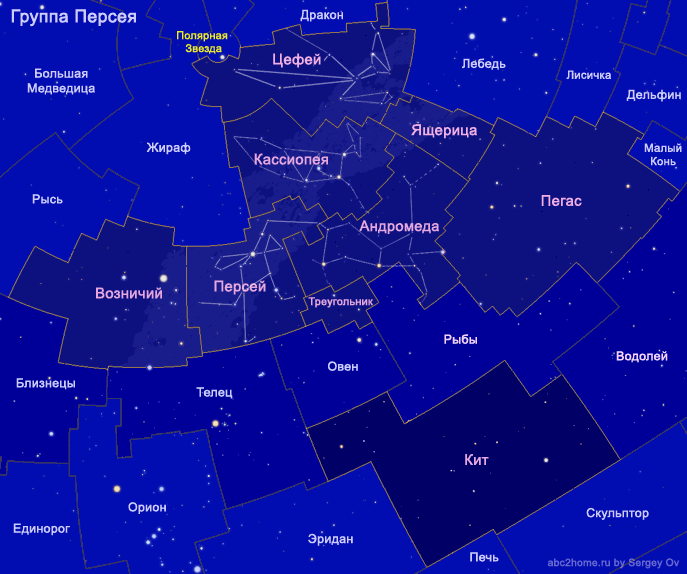
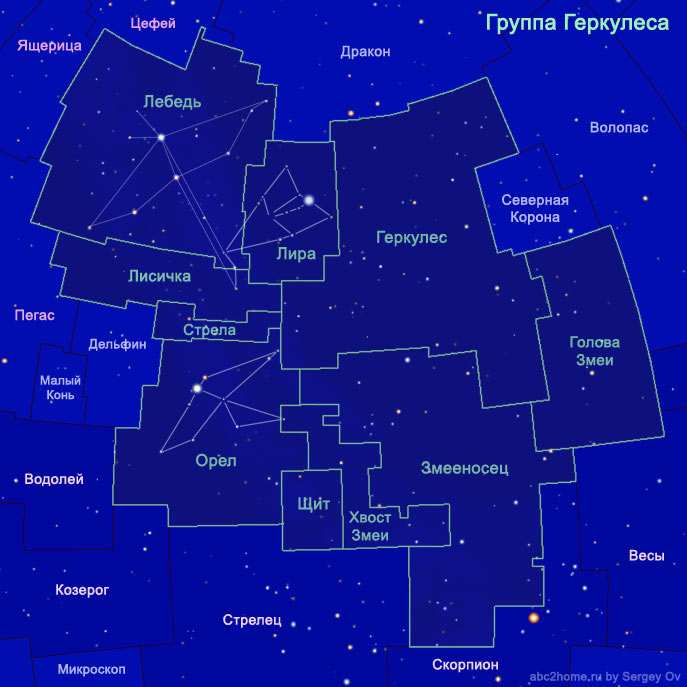
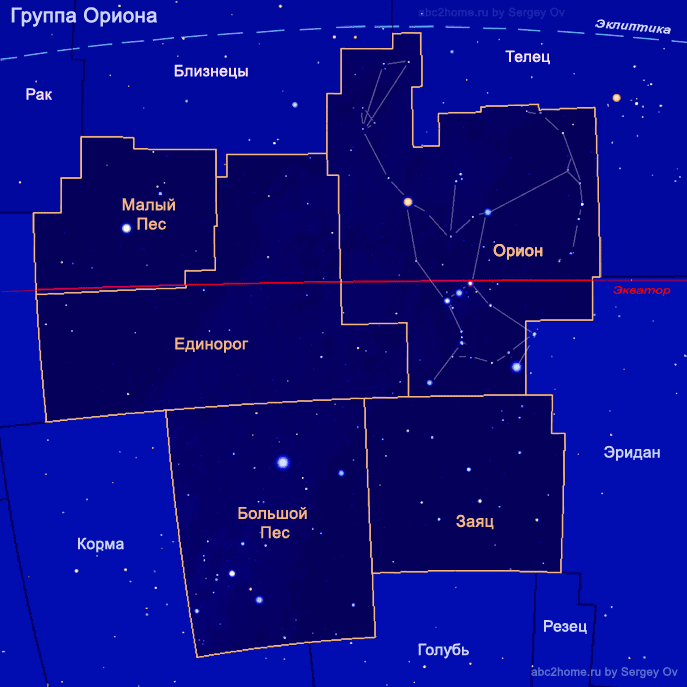
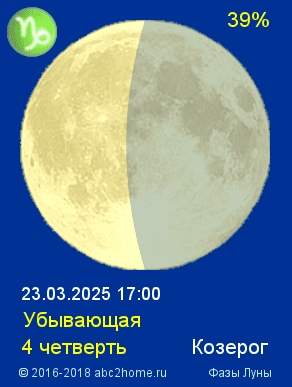


 SIGN ARIES
SIGN ARIES